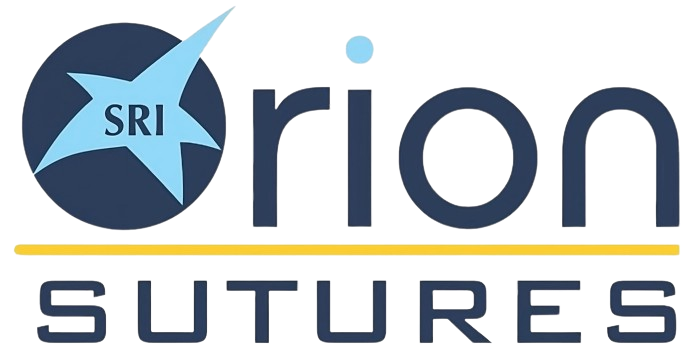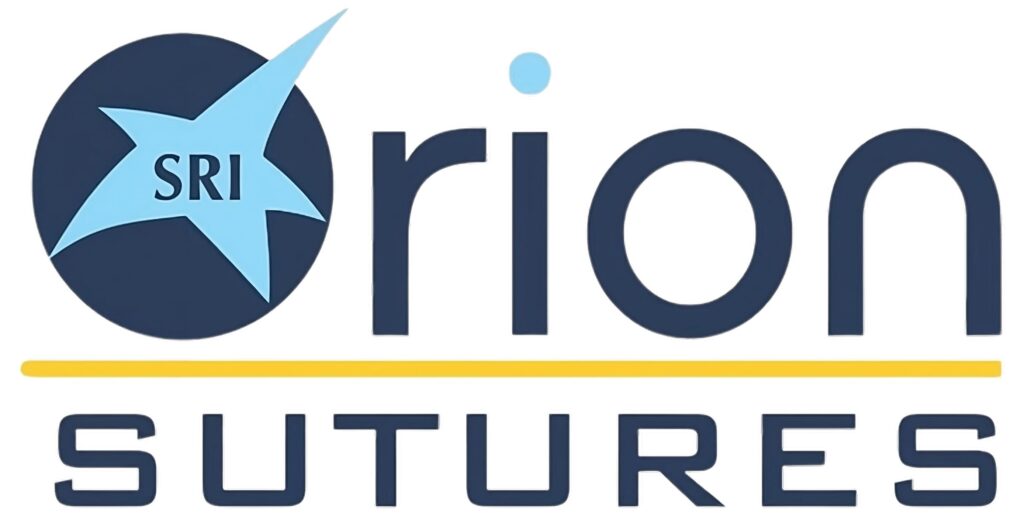
Today, we are sharing complete Benefits of Using Braided vs Monofilament Sutures. As medical professionals know well, selecting the proper surgical suture is fundamental to an optimal patient outcome and recovery period following surgery. Braided and monofilament sutures are two common choices that clinicians must weigh when deciding what is best for their patients.
With a focus on polypropylene sutures – one of today’s most prevalent materials used in surgical procedures – we will explore the advantages associated with both monofilament and braided suture techniques.
I. Introduction
Surgical sutures play a vital role in wound closure and tissue approximation during surgeries. They are available in various materials and designs to meet different clinical needs. Among the choices, polypropylene suture is widely used due to their strength, flexibility, and biocompatibility.
II. Braided Sutures
The combination of multiple strands interweaved meticulously creates braided sutures renowned for their durability and strength in establishing secure suture lines using polypropylene fibers as their base material. Here are a few advantages offered by these sutures:
- Enhanced Strength: The braided composition of the sutures lends them a heightened tensile strength necessary for providing support in high-stress areas that require proper wound healing.
- Excellent Handling: Braided sutures are more flexible and easy to manoeuvre, which allows surgeons to handle them with greater precision during complex procedures minimizing the risk of stitch breakage or further tissue damage.
- Improved Knot Security: The textured surface of braided sutures enhances knot security, reducing the possibility of stitches loosening or slipping after surgery.
This property ensures reliable wound closure contributing towards a speedy recovery process.
III. Monofilament Sutures
Surgical professionals know that monofilament sutures are game-changing tools. Unlike traditional options, these unique sutures consist of just one strand—offering plenty of benefits along the way. Many experts tout the advantages of using monofilament polypropylene sutures!
- Minimal Tissue Reaction: When opting for suturing materials, monofilament ones stand out due to their unmatched smoothness. The seamless movement and minimal resistance during placement and removal reduce tissue drag, lowering the risk of both inflammation and infection. The result is safer surgical outcomes with lower risks of complications.
- Reduced Capillarity: Preventing bacterial migration during surgery is crucial for effective wound healing and patient recovery. In such scenarios selecting monofilament sutures with a smooth surface could offer better protection than braided sutures by reducing capillarity and limiting bacterial movement along the suture line. This benefit proves particularly valuable when dealing with challenging cases involving contaminated or infected surgical sites.
- Easy Passage through Tissues: Delicate surgical procedures require utmost care and precision. Monofilament sutures are a crucial component in reducing the risk of tissue tearing or damage while inserting sutures. This is because they glide effortlessly through fragile tissues delivering superior results.
Conclusion
Both braided and monofilament polypropylene suture offer distinct benefits in surgical applications. While braided sutures provide enhanced strength, excellent handling, and improved knot security, monofilament sutures offer minimal tissue reaction, reduced capillarity, and easy passage through tissues. The choice between the two depends on the specific surgical context, the patient’s needs, and the surgeon’s preference.
If you want a successful outcome, it is crucial to talk with healthcare experts and consider the unique needs of each surgical operation. A wise choice of sutures, based on factors such as wound placement, tension, and patient characteristics, can significantly aid in wound closure and recovery.
Be sure to rely on trustworthy sources and confer with medical professionals for precise advice on suturing in surgical procedures.

